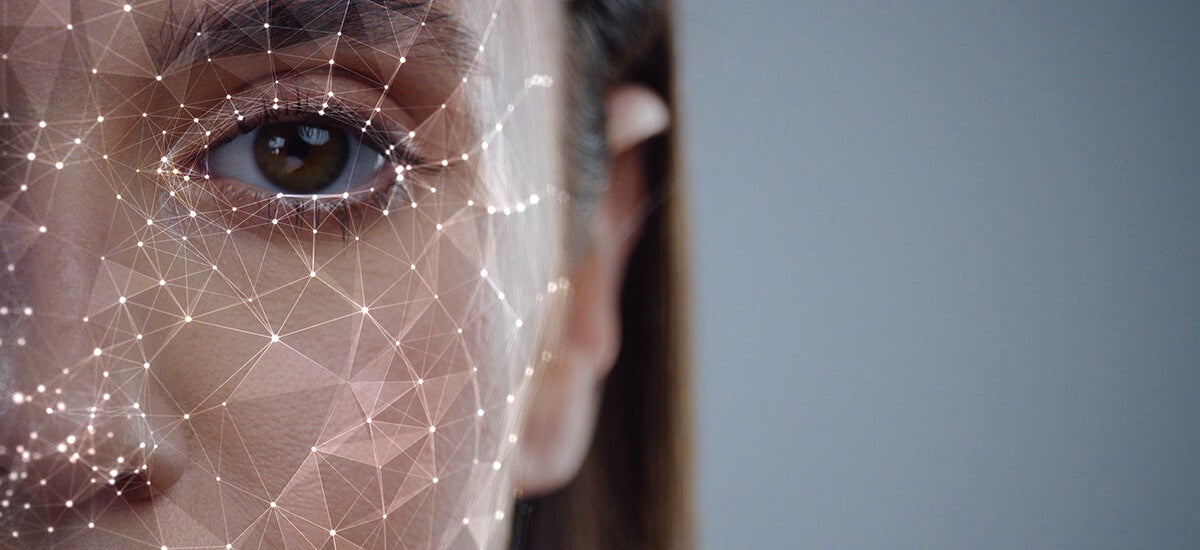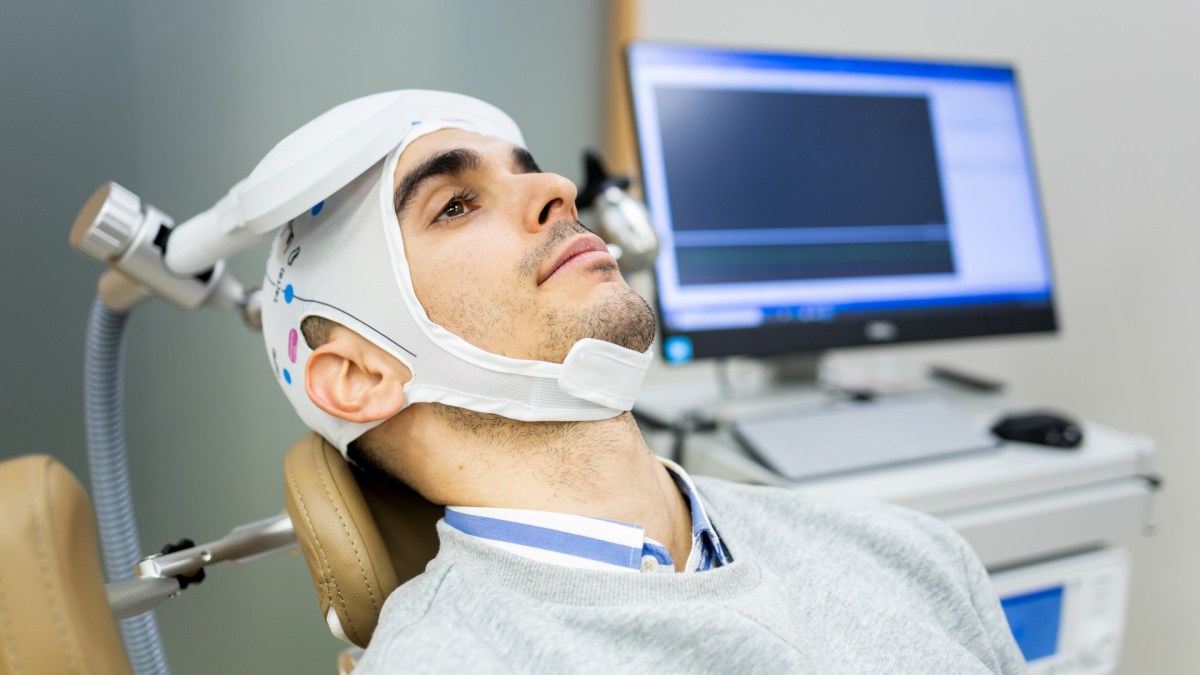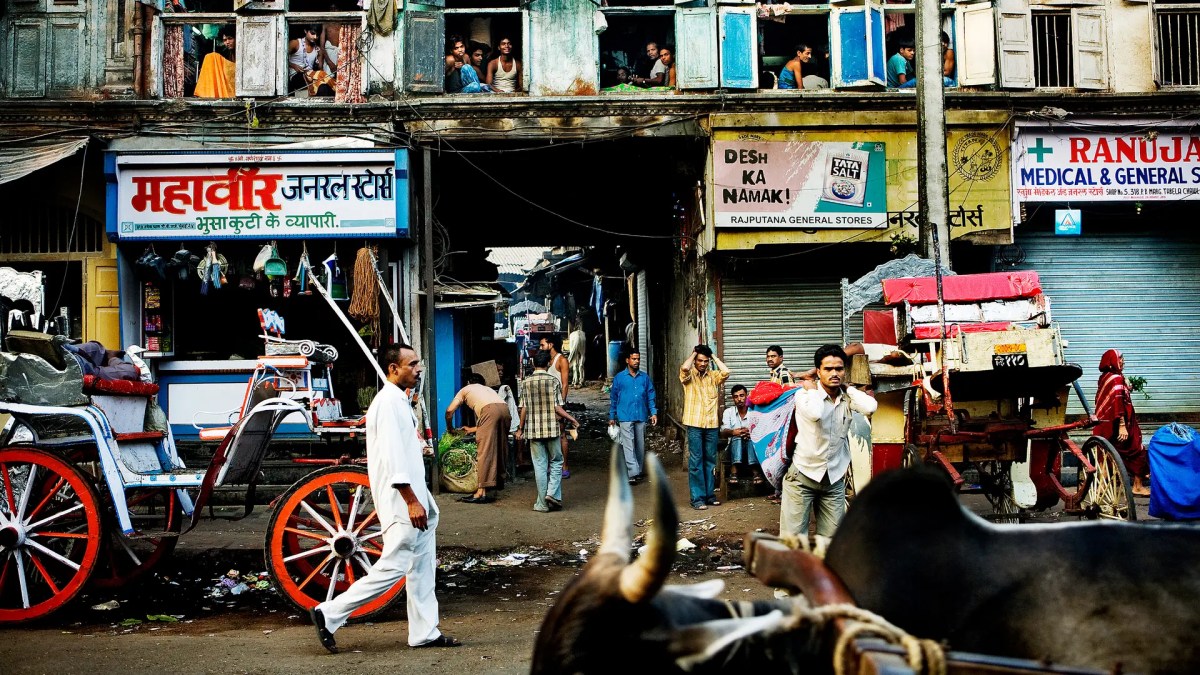
No matter how old we are, it is hard to imagine getting older. We are biased towards our present self and disconnected from our future one, stinting on our pension contributions, underinvesting in our education, and eating and exercising poorly with the mistaken feeling that the future will never catch up with us.
This present bias -along with an excess of optimism and other traits – can harm us as individuals and harm Latin American and Caribbean societies as the population ages. If we are stuck in the present and can’t project ourselves into the future, we can’t guarantee that we’ll arrive at our later years in good shape physically and financially or, in the aggregate, that society can support its older citizens.
Two IDB Groups Collaborate on Face-Ageing Technologies
In the interest of confronting this problem, the Information Technology Department (ITE) and the Behavioral Economics Group at the IDB have been exploring face-aging technology to give people a sense of what they might look as they age, reduce their present bias in health and retirement savings, and get them to take better care of themselves physically and financially.
The ITE department, composed of engineers, has used artificial intelligence, blockchain, quantum computing, and other cutting-edge technologies to help reduce poverty and inequality in Latin America and the Caribbean. The Behavioral Economics group has employed insights from behavioral science to improve tax collection, health, education, public administration, and many other aspects of life in the region. The idea of the collaboration between the two groups is to exploit their comparative advantages in the service of projects originating from within and from outside the IDB that can use face-aging technologies to improve health and savings in the region.
Success With Smoking, Skin Care, and Savings
Face-aging uses artificial intelligence to introduce wrinkles, sagging skin, and other natural features of aging to photos to give younger people a realistic sense of what they might look like when they are older. It has been used in the waiting rooms of hospitals to show people what they would look like in the future with or without tobacco smoking and successfully motivate them to quit their cigarettes; wielded in Brazil to get teenagers to improve their tanning behavior and sunscreen use and reduce skin cancer risks; and employed in the United States to get people to forego immediate monetary rewards in favor of later rewards to boost responsible financial behavior.
Producing the face-change images is based on a machine learning model called GAN or Generative Adversarial Networks. GANs is an unsupervised model, meaning it will learn and improve without any human interaction using only training data (in this case, a stock of photos). In order to create a particular fake aging photo, say of your future self, the model needs to find a fake face created by the GAN that looks close to the photo of your present self. Once it finds that fake face, you can modify some characteristics, like age, hair color, or even gender. To see GAN in action, you can go to this site to see computer-generated faces using GANs.
A Call for Projects
If you have a project that aims to increase savings for retirement, nudge people to change their health behavior or any other goal that requires the incorporation of their future self, reach out to us. We might have the right combination of technological knowledge and behavioral expertise to help you reach your goal.
Publisher: Source link











